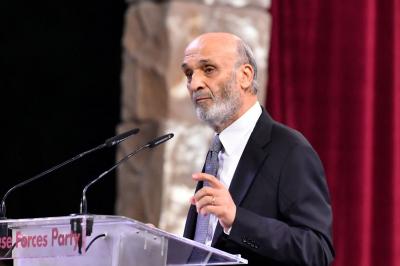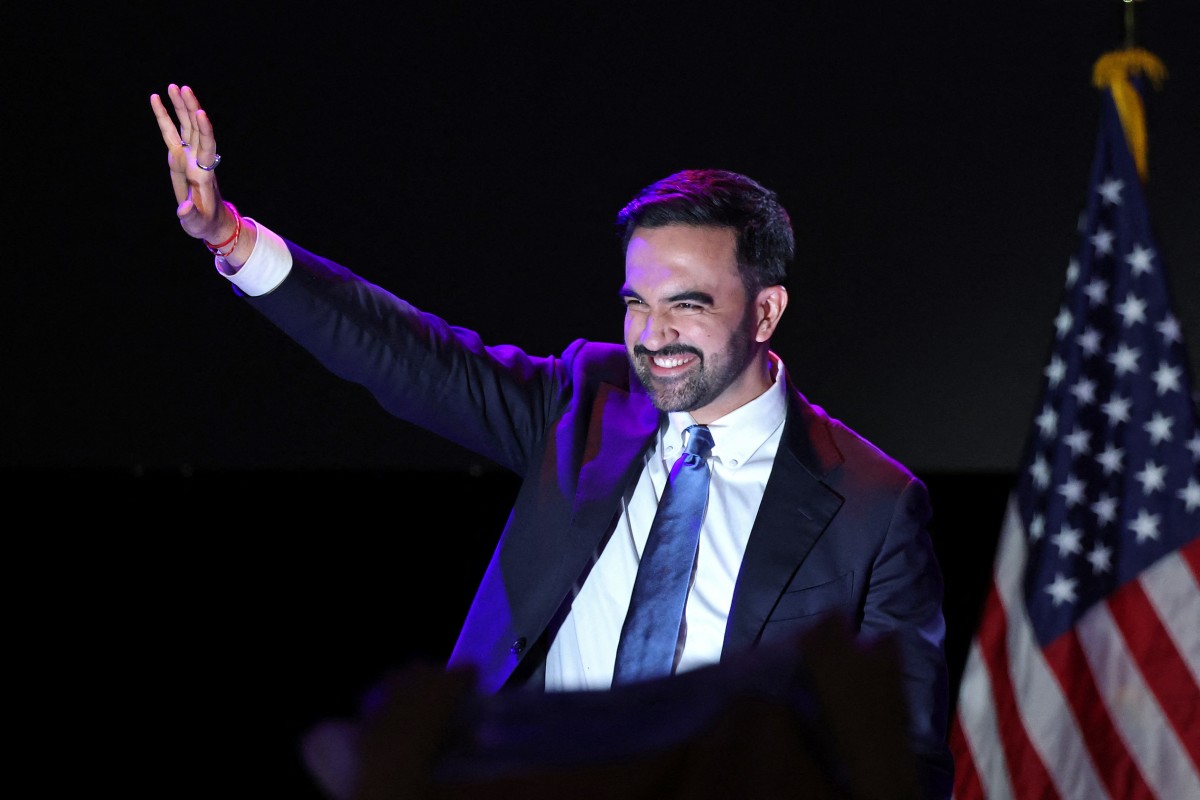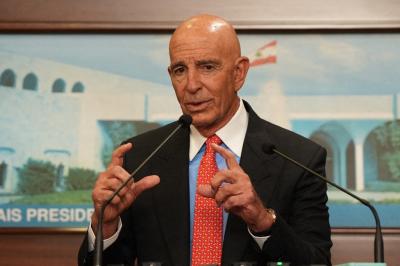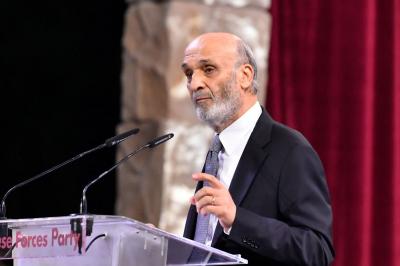Democrats delivered a resounding performance in the 2025 US off-year elections, winning major contests in New York City, Virginia, New Jersey, and key ballot initiatives on the West Coast. This sweeping victory showcased deep vulnerabilities for Republicans under the second Trump presidency and signaled emerging trends that could foreshadow dramatic shifts in the 2026 midterms. Voter sentiment revolved around cost-of-living anxieties, dissatisfaction with prolonged partisan gridlock, and a desire for pragmatic, community-centered solutions.
Democratic Victories Across the Map
Democrats scored historic wins, notably with Zohran Mamdani’s election as New York City’s first Muslim, South Asian mayor, Abigail Spanberger’s and Mikie Sherrill’s gubernatorial triumphs in Virginia and New Jersey, and a successful California redistricting initiative aimed at flipping Congressional districts. The turnout among young voters, Latinos, and other urban demographics was especially robust, reflecting continued resistance to Trump’s confrontational style and perceived failures on economic issues.
Why Voters Chose Change
Voters responded to core economic concerns and a sense that the Republican agenda, shaped by Trump’s leadership, was not addressing their day-to-day lives. Repeated government shutdowns, persistent inflation, and fear of cuts to social programs like the Supplemental Nutrition Assistance Program (SNAP), better known as food stamps, energized base Democratic constituencies. Official statistics have shown that one of every eight people, for a total of 42 million people in the United States rely on food stamps. Progressive messages about affordability, healthcare, and housing were amplified by the outreach of grassroots organizers and support from national Democratic figures.
Republican attempts to tie Democrats to radicalism or divisive cultural topics failed to make headway against the palpable anxiety over bread-and-butter issues. Even in regions where Republican Party operatives had hoped to secure blue-collar or suburban support, dissatisfaction with national Republican leadership overshadowed local campaign efforts.
A Referendum on Trump’s Presidency?
The 2025 results are widely seen as a political referendum on Trump’s second term. His policies, particularly the protracted federal shutdown, drew criticism even from within his own party and became a salient issue for voters tired of dysfunction and instability. President Trump himself acknowledged the results as a setback for Republicans, and Vice President J.D. Vance urged Republican strategists to focus on turnout and recalibrating the party’s message.
Rising Diversity and Progressive Clout
The elections showcased the growing influence of progressive and minority candidates. Mamdani’s victory in New York, achieved despite initial ambivalence from party leadership, highlighted the importance of grassroots mobilization and coalition-building among younger and more diverse urban voters. This success is already sparking debates within Democratic ranks about how to balance progressive energy with broad-based appeal heading into the midterms.
Implications for the 2026 Midterms
The Democratic wave in 2025 provides critical momentum for the party ahead of the 2026 Congressional midterms. With just three seats needed to retake the House and a new, Democrat-favoring congressional map in California, Democrats are well-positioned to challenge Trump’s hold on Congress. The triumphs also give them an opportunity to solidify gains with key constituencies: Latino, Asian-American, young, and suburban voters.
For Republicans, the defeats have sparked internal reflection. Trump and party leaders must re-examine the viability of a campaign strategy centered on polarization and “anti-woke” rhetoric when economic anxiety dominates the public mood. Unity and message discipline are critical if the party hopes to reenergize its coalition and regain lost ground by the midterms.
How Democrats Can Capitalize
Democrats face both tremendous opportunity and steep challenges in converting their 2025 momentum into lasting gains:
Maintaining unity between moderate and progressive factions will be essential. The success of candidates like Mamdani underscores the grassroots appetite for bold policy, but establishment buy-in is required for broad coalition building.
Sharpening their economic message—to address inflation, wages, and affordable housing—remains paramount. Voters rewarded candidates focused on everyday affordability over ideological purity.
Protecting gains among communities of color, young people, and urban working-class voters through continuous engagement, policy delivery, and responsive governance will be vital.
Leveraging ballot initiatives and redistricting victories to shore up the House majority and influence down-ballot contests.
How Republicans Can Respond
To reverse their fortunes, Republican strategists have a narrow but clear path:
Refocus the party’s agenda on practical economic concerns. Emphasizing growth, job security, and kitchen-table issues—rather than divisive cultural themes—could help reclaim lost suburban and independent voters.
Strengthen internal cohesion. Visible infighting and unclear leadership priorities have hampered turnout and muddled the party’s national message.
Rebuild state and local party infrastructures to better mobilize and turn out low-propensity Republican voters, as urged by Vice President Vance.
Present credible policy alternatives on healthcare, education, and housing to neutralize Democratic advantages among swing constituencies.
Conclusion
The 2025 US elections represent a major course correction in American politics. Grassroots Democratic organizing, a focus on economic relief, and a highly diverse slate of candidates yielded sweeping wins that put Republicans on the defensive and energized party activists ahead of the midterms. Whether these results portend permanent realignment or merely a sharp rebuke of specific Republican policies will depend on how each party adapts—Democrats through unity and delivery, Republicans through recalibrated focus and message discipline. The coming months will be a test of both parties' capacity for renewal and responsiveness in the face of a divided and restless electorate.
Please post your comments on:
[email protected]
 Politics
Politics















